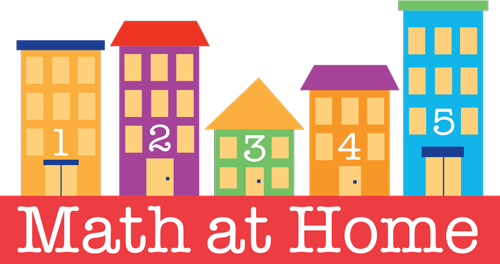Cubetto: Coding with 4 year olds: Scaffolding and Extending Activities using Cubetto
 Most children know how to navigate Ipads, cell phones and Youtube, but very few children understand how these systems actually work and the processes behind typing in “Johnny, Johnny” and seeing a list of videos pop up on Youtube. Our school system also does very little to prepare children for this type of thinking or learning, which is why coding toys like Cubetto are so beneficial and necessary. Before you even decide to introduce complex toys like this, you need to do some background work and preparation for yourself and your child.
Most children know how to navigate Ipads, cell phones and Youtube, but very few children understand how these systems actually work and the processes behind typing in “Johnny, Johnny” and seeing a list of videos pop up on Youtube. Our school system also does very little to prepare children for this type of thinking or learning, which is why coding toys like Cubetto are so beneficial and necessary. Before you even decide to introduce complex toys like this, you need to do some background work and preparation for yourself and your child.
First, you need to play! Play with cubetto and have fun. Think about aspects that will be hard for your child or aspects that were difficult for you. What can you add to the activity that will support this difficulty? For example, my students had a difficult time envisioning a pathway from point A to point B, so when I saw the child struggling, I would use a piece of string to show them a pathway. Then, after a few times of doing this, I was able to take the string away. When they were struggling with understanding left/right, after the robot turned, I made them a compass that they could turn depending on what direction Cubetto was facing. The first book that comes with Cubetto take you through all of the pieces of it, giving you the vocabulary words to use while introducing it to the child. And this book doesn’t need to only be used once, this can be a tool to read several times before moving on to the other books, or kept out while using the other books to remind the children of name of each piece. You could even write down the different pieces names on sentence trips, along with its picture, to keep out while using the other books. While I was playing with Cubetto, I kept a piece of paper by my side and wrote down the steps of using it, as I went through it, so I wouldn’t forget a key piece. I kept these notes in the Cubetto to remind myself and for other teachers who might use the toy in the future, as a cheat sheet. Thinking the process through before you even introduce it to your child is a key step in you and your child’s success.
You could even write down the different pieces names on sentence trips, along with its picture, to keep out while using the other books. While I was playing with Cubetto, I kept a piece of paper by my side and wrote down the steps of using it, as I went through it, so I wouldn’t forget a key piece. I kept these notes in the Cubetto to remind myself and for other teachers who might use the toy in the future, as a cheat sheet. Thinking the process through before you even introduce it to your child is a key step in you and your child’s success.
Secondly, some kids will get this right away and you need to make it harder and harder for them, to challenge them! This is such a great problem to have. For my students who breezed through the accompanying stories, I made up my own and made them more difficult. Then I had the kids make their own maps and challenge other children to make it through their instructions. I would also have these children explain to their peers how they mapped out a pathway.  Soon, I could just hand over the box to one of these kids and walk away, knowing that I had turned them into teachers and coders!
Soon, I could just hand over the box to one of these kids and walk away, knowing that I had turned them into teachers and coders!


I like how you used the same materials but made it harder. This is good because teachers can reuse the materials and the children already know what to do. This is great to use to scaffold the children.